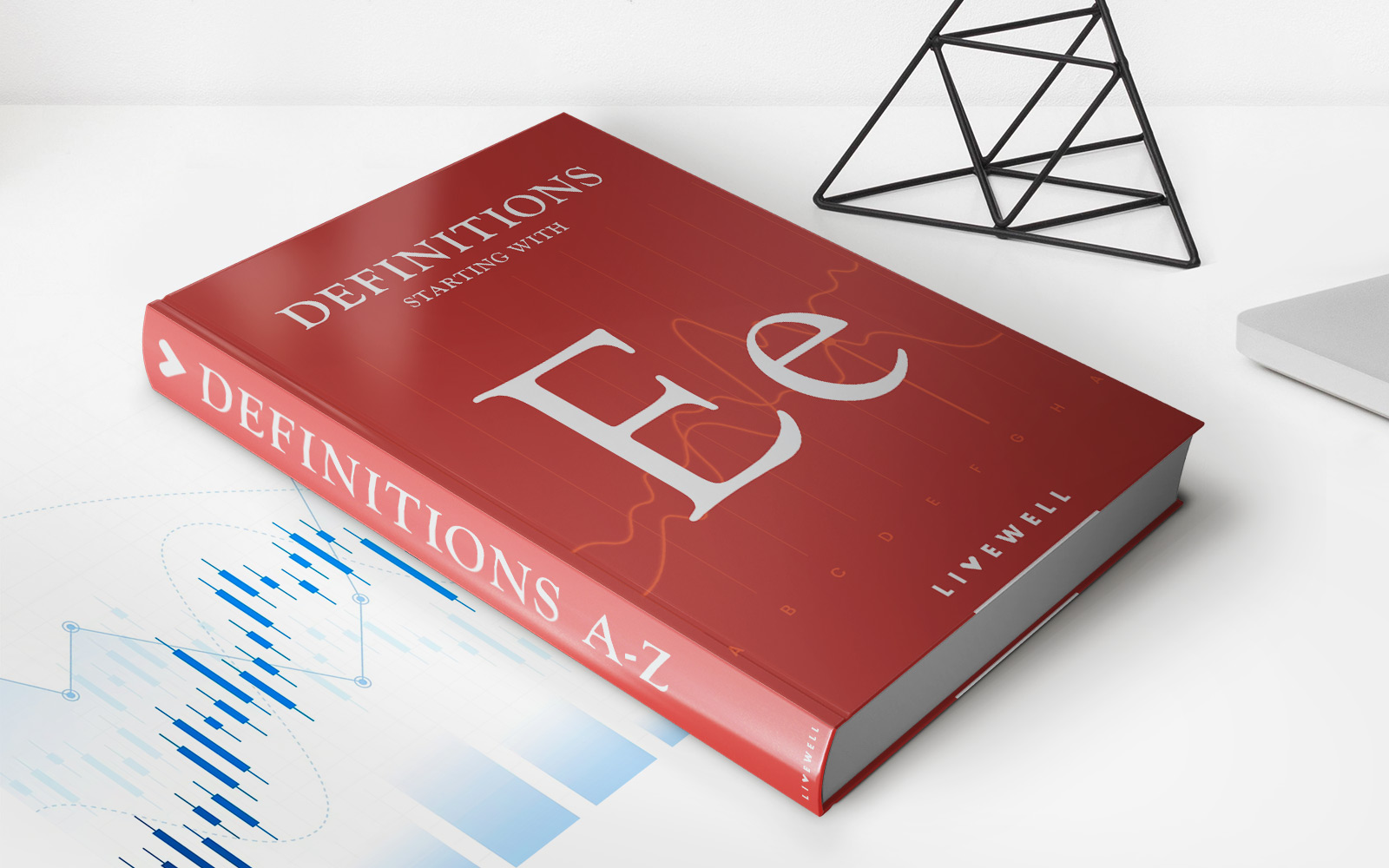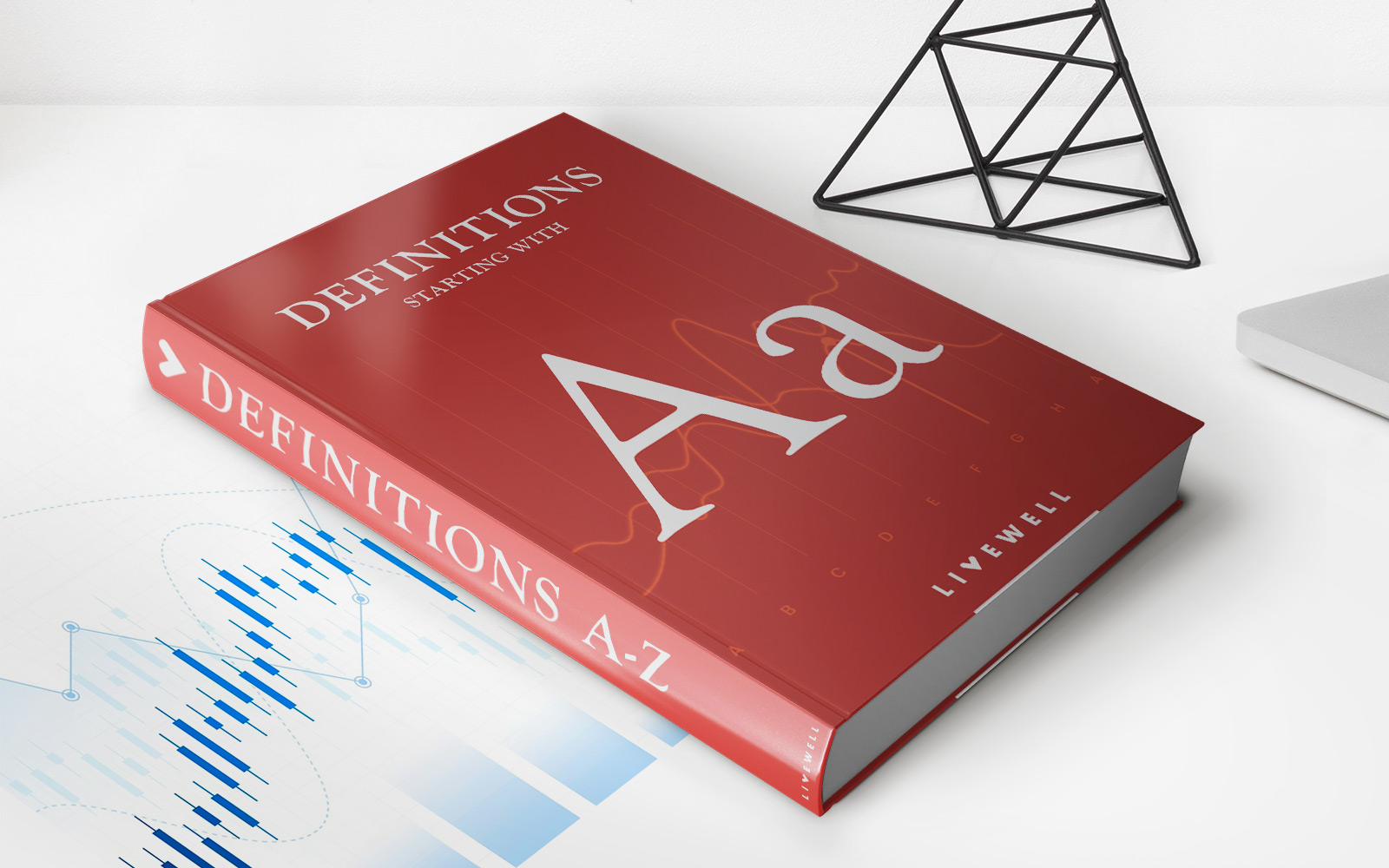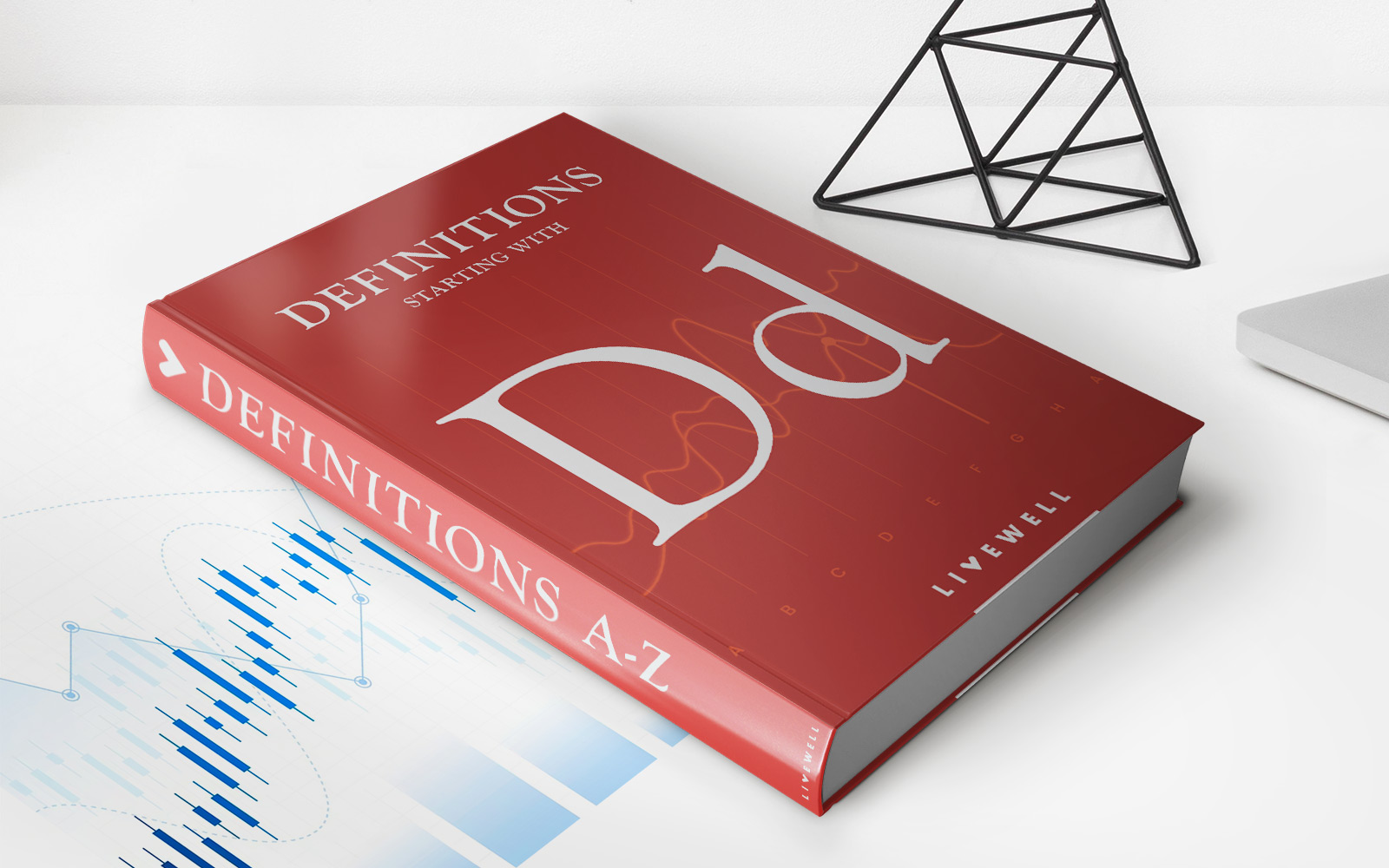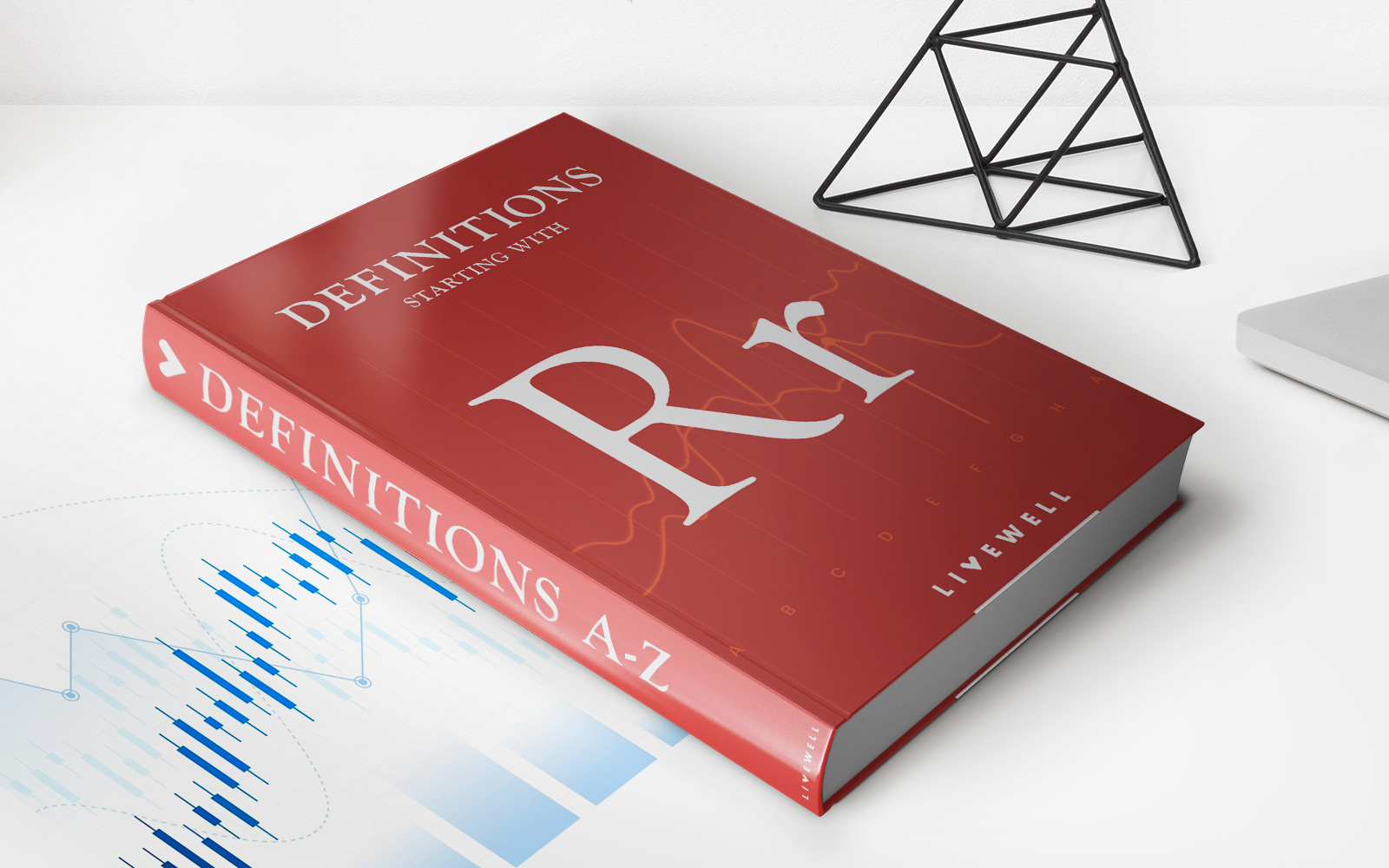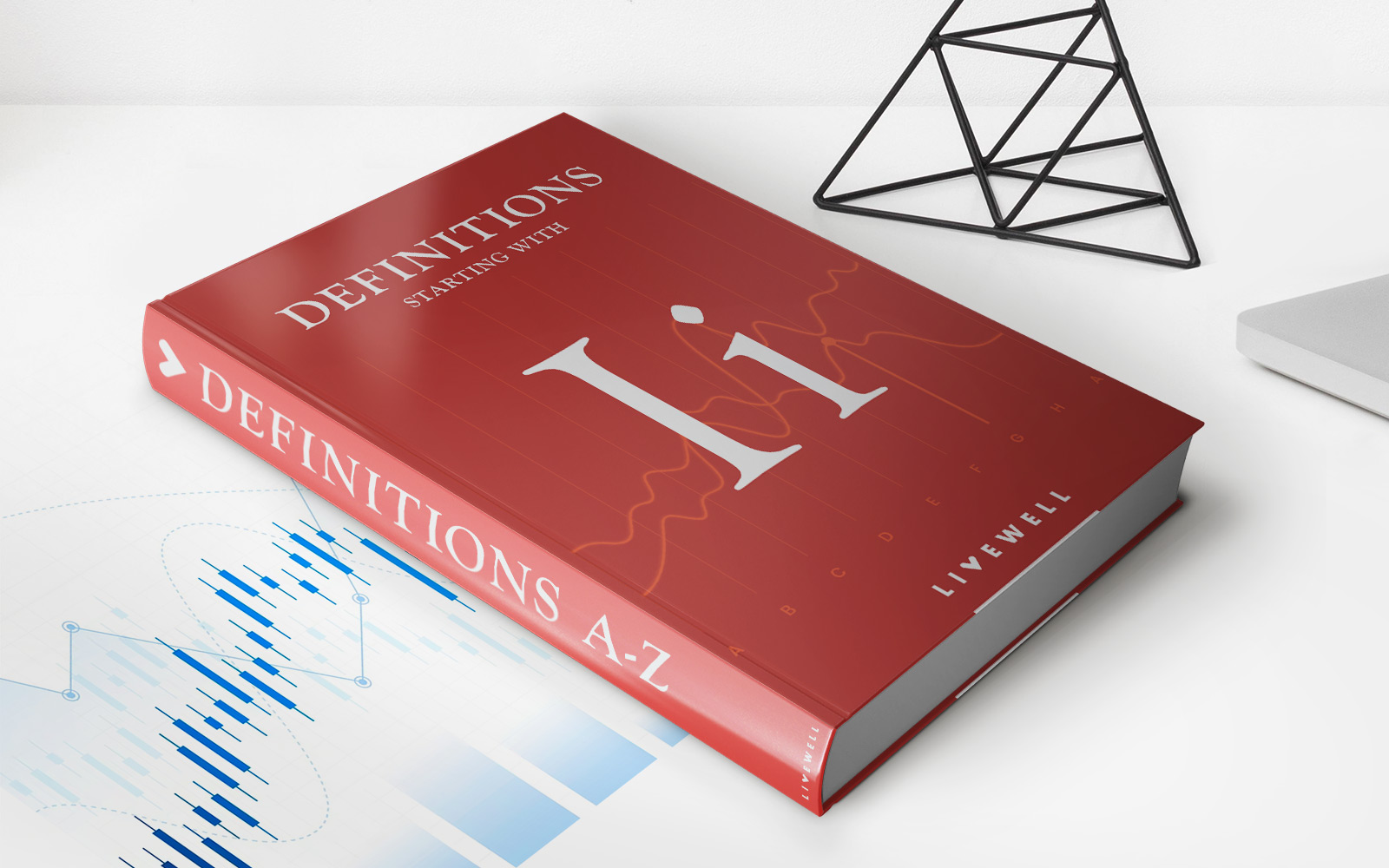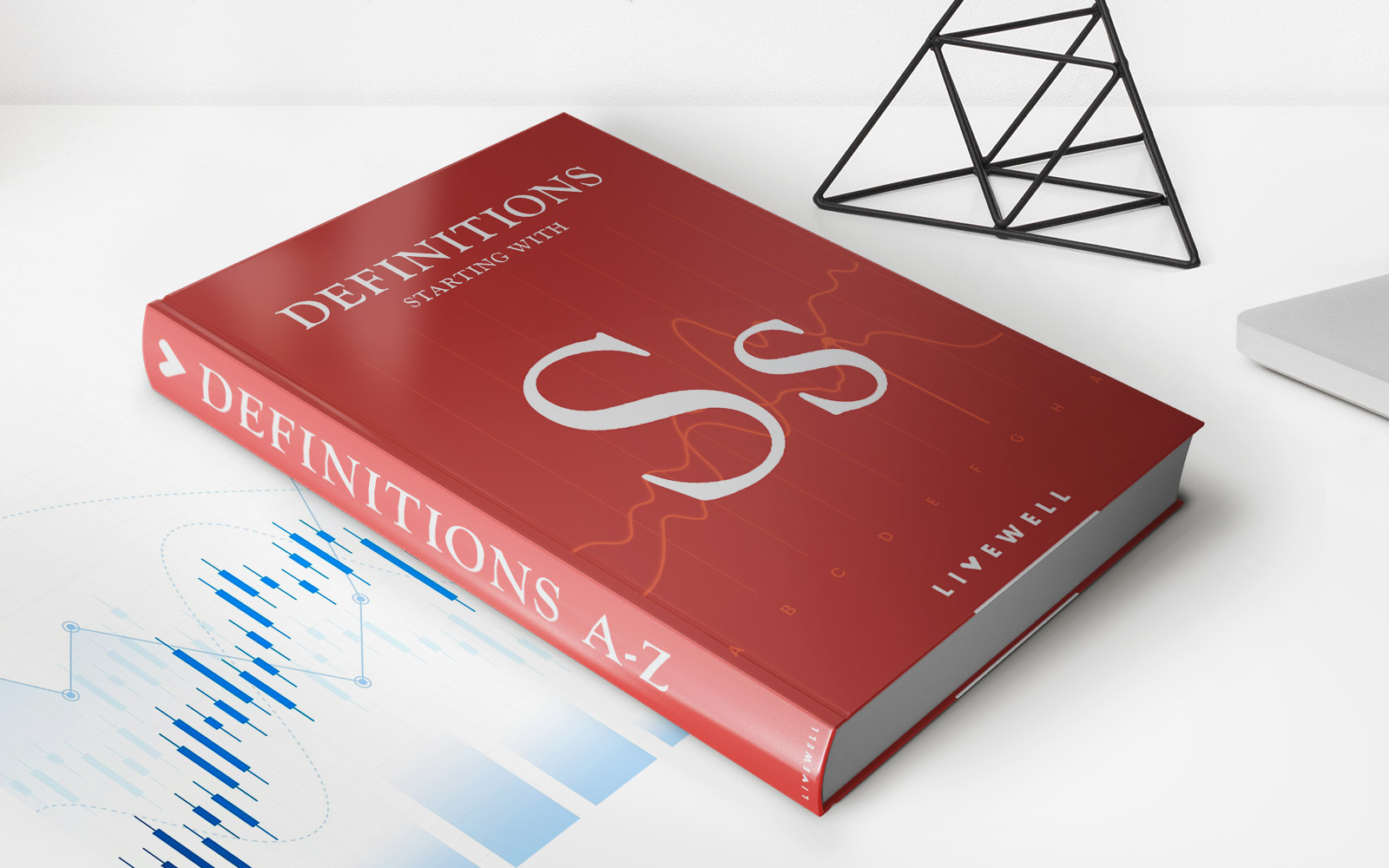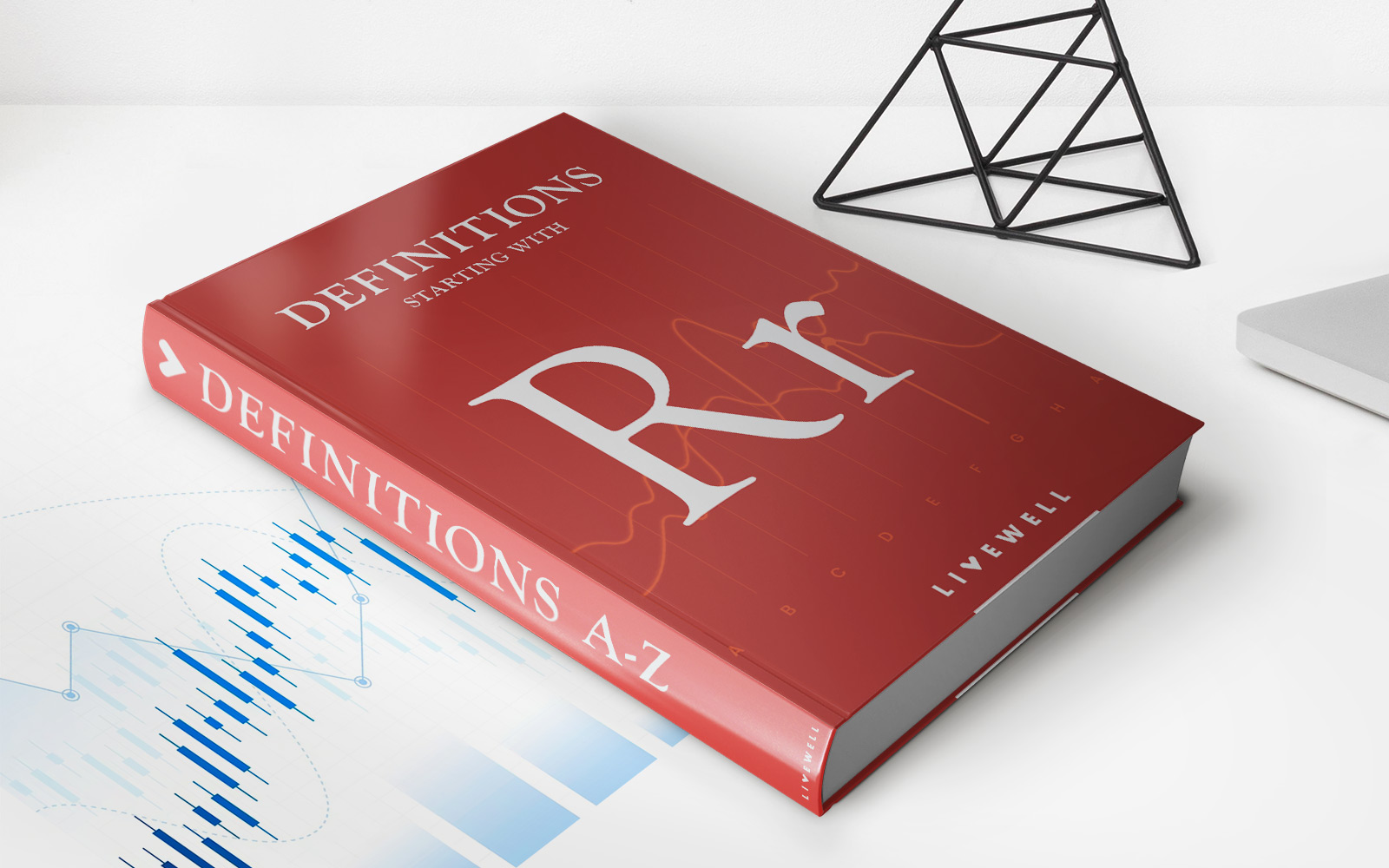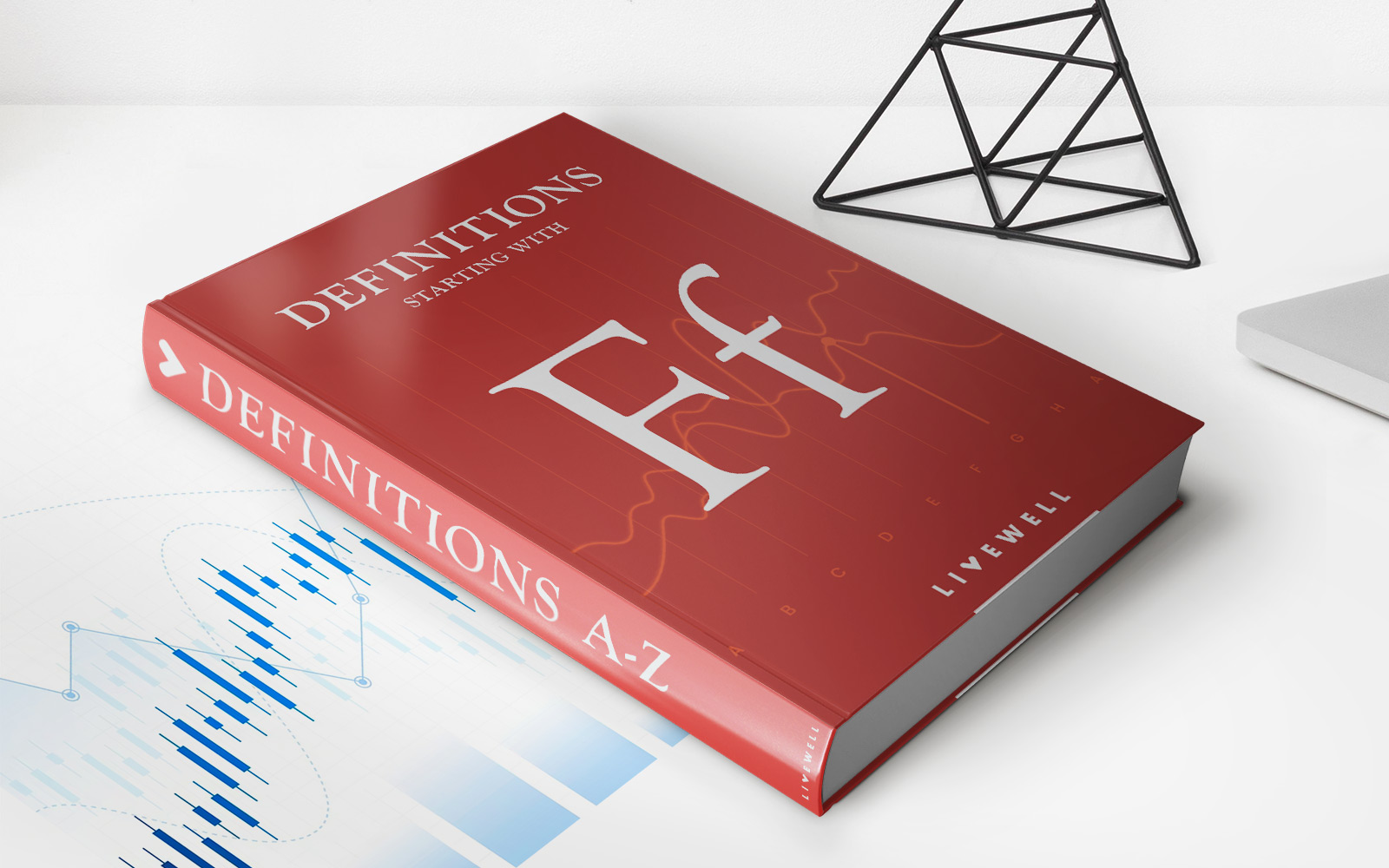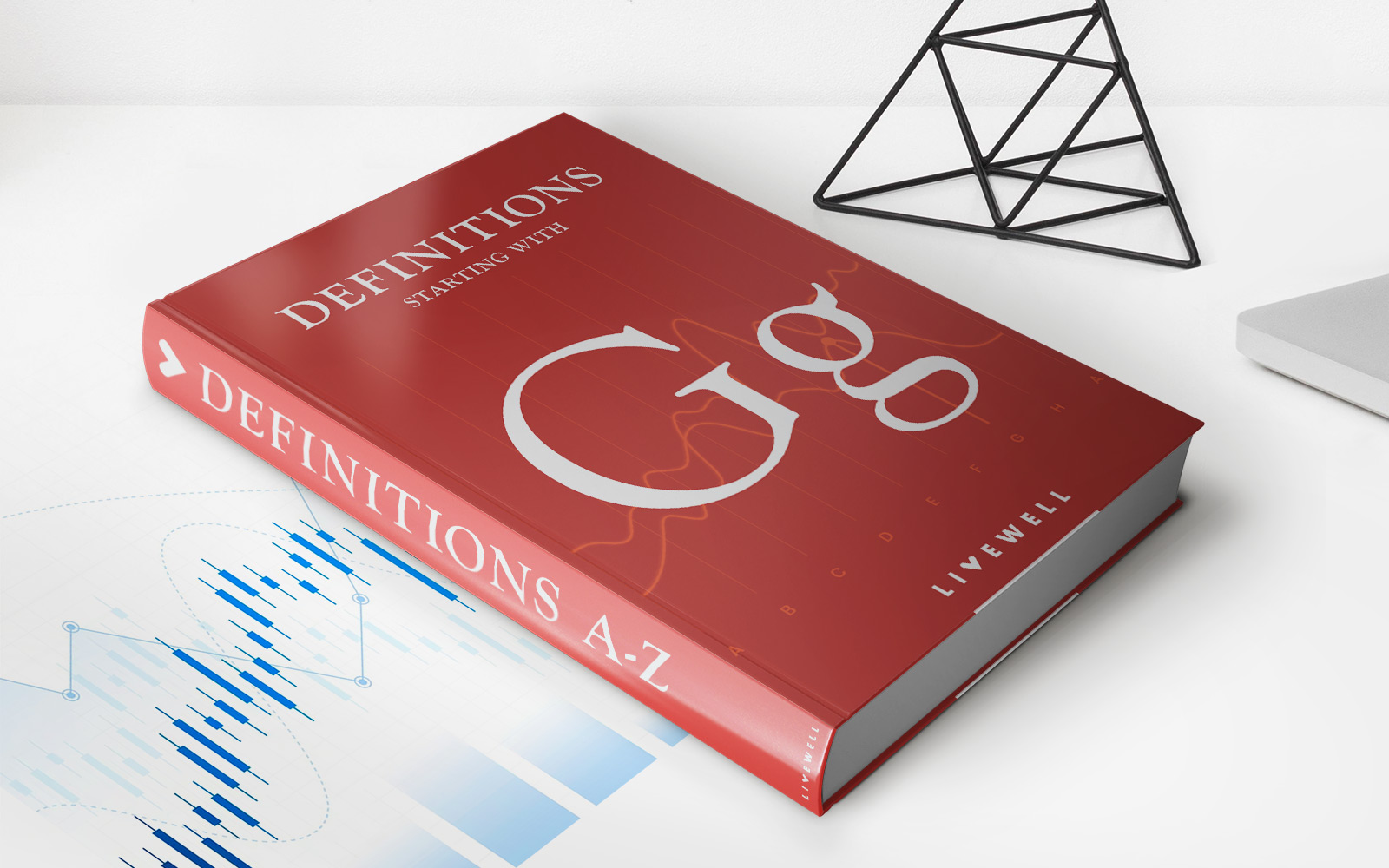Home>Finance>Equilibrium Quantity: Definition And Relationship To Price
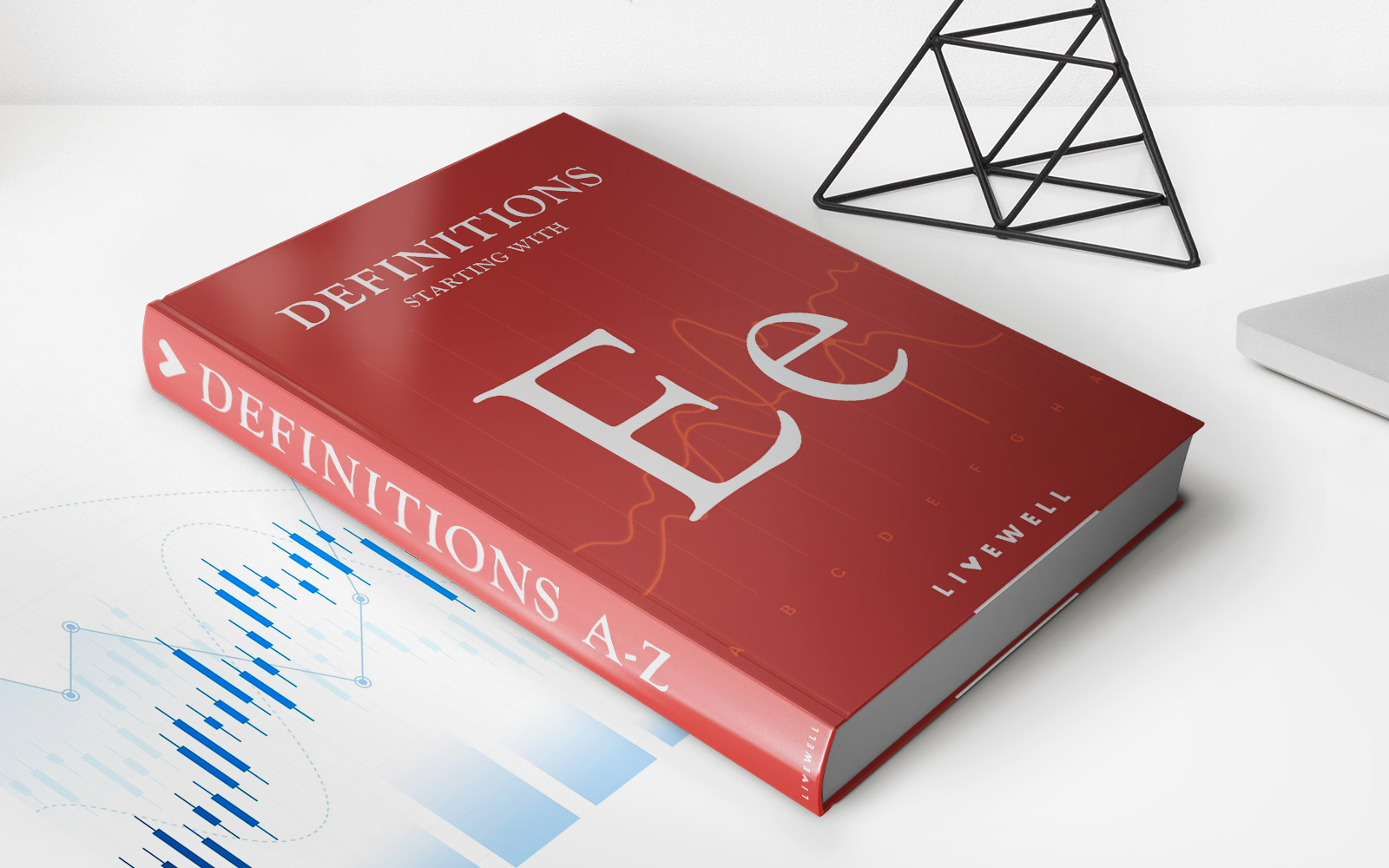

Finance
Equilibrium Quantity: Definition And Relationship To Price
Published: November 18, 2023
Discover the definition of equilibrium quantity in finance and understand its relationship to price. Explore the key concepts that drive supply and demand dynamics.
(Many of the links in this article redirect to a specific reviewed product. Your purchase of these products through affiliate links helps to generate commission for LiveWell, at no extra cost. Learn more)
Equilibrium Quantity: Definition and Relationship to Price
When it comes to understanding the dynamics of supply and demand, one key concept to grasp is the equilibrium quantity. In simple terms, equilibrium quantity refers to the quantity of a product or service that will be bought and sold in the market when supply and demand are balanced. But what exactly does this mean, and how does it relate to the price of the product? Let’s dive in and explore this important economic concept in more detail.
Key Takeaways:
- Equilibrium quantity is the point at which the quantity demanded by consumers matches the quantity supplied by producers.
- Changes in price can lead to shifts in the equilibrium quantity, with an increase in price generally resulting in a decrease in quantity demanded and vice versa.
At its core, the equilibrium quantity reflects the natural balance between the supply of a product and the demand for it. It is the point where the quantity demanded by consumers perfectly matches the quantity supplied by producers. This balance signifies that there is neither a surplus nor a shortage of the product in the market.
Now, let’s consider the relationship between equilibrium quantity and price. The price of a product plays a crucial role in determining the quantity that will be demanded and supplied at equilibrium. Here’s how it works:
- Supply and demand curves intersect: The equilibrium quantity is determined by the point at which the supply and demand curves intersect on a graph. This is where the quantity supplied equals the quantity demanded.
- Changes in price: Any changes in the price of a product can cause shifts in the equilibrium quantity. When the price increases, the quantity demanded tends to decrease, while a decrease in price leads to an increase in the quantity demanded.
- Price adjustments: In response to changes in demand and supply, prices may adjust to reach a new equilibrium. If the quantity demanded exceeds the quantity supplied, prices may rise to reduce demand to match supply. Conversely, if the quantity supplied exceeds the quantity demanded, prices may decrease to stimulate higher demand.
The relationship between equilibrium quantity and price is a fundamental aspect of market dynamics. By understanding this relationship, businesses can make informed decisions about pricing strategies, production levels, and marketing efforts.
In Conclusion
Equilibrium quantity is a crucial concept in economics, representing the balance between supply and demand in a market. The relationship between equilibrium quantity and price highlights the impact of pricing decisions on consumer demand and supplier behavior.
Remember these key takeaways:
- Equilibrium quantity is the point at which the quantity demanded and supplied are perfectly balanced.
- Price adjustments can cause shifts in the equilibrium quantity, with an increase in price generally resulting in a decrease in quantity demanded, and vice versa.
By monitoring changes in the equilibrium quantity, businesses can adapt their strategies to optimize pricing and ensure their products or services remain competitive in the market.
